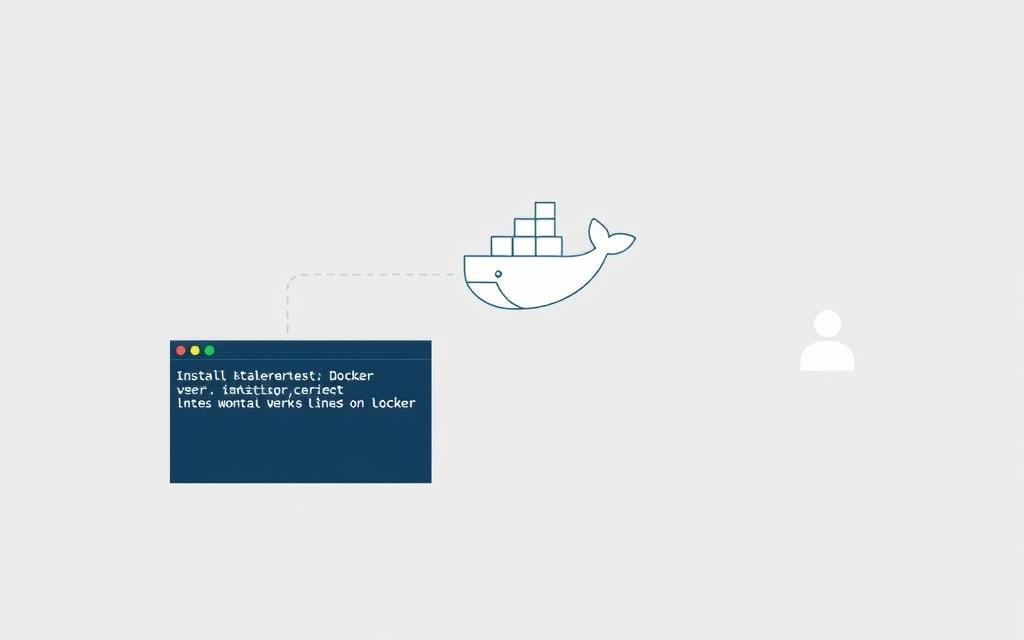Getting Started with Docker on Arch Linux: A Step-by-Step Guide
If you’re diving into the world of containerization, Docker is your go-to tool for creating, deploying, and managing applications in isolated environments.
Arch Linux, known for its flexibility and rolling-release model, is a fantastic platform for running Docker. But setting it up can feel a bit daunting if you’re new to the process.
Don’t worry—this guide will walk you through installing Docker, verifying it works, and enabling non-root users to run Docker commands without headaches.
Whether you’re a developer testing apps or a sysadmin streamlining workflows, this tutorial will get you up and running in no time. Let’s jump in!
Installing Docker on Arch Linux
First things first: Docker isn’t installed by default on Arch. Thankfully, the official repositories make this straightforward. Open your terminal and update your system to ensure all packages are current:
sudo pacman -Syu
Next, install Docker and its dependencies from the community repository:
sudo pacman -S docker
Once installed, start the Docker service and enable it to launch automatically at boot:
sudo systemctl start docker
sudo systemctl enable docker
This sets up the Docker daemon, which runs in the background to manage containers. If you encounter issues, double-check that the docker package was correctly installed and that the service is active.
Verifying the Installation
Before celebrating, let’s confirm Docker works. A classic test is to run the hello-world container. Execute this command:
sudo docker run hello-world
If successful, you’ll see a message like “Hello from Docker!”, confirming Docker is operational. If not, troubleshoot by checking:
- Is the Docker daemon running? (
systemctl status docker) - Are your user permissions correctly configured? (More on this next!)
Enabling Non-Root Users to Run Docker Commands
By default, Docker requires root privileges, which isn’t ideal for daily use. To let your user account run Docker commands without sudo, add yourself to the docker group:
sudo usermod -aG docker $USER
Log out and back in to apply the group change. Test it by running the hello-world container again—this time without sudo:
docker run hello-world
If it works, congratulations! If you get a permission error, ensure the docker group exists and your user is a member. You might also need to restart the Docker service:
sudo systemctl restart docker
Bonus Tip: Keeping Docker Updated
Arch Linux’s rolling updates mean Docker will stay current via regular system upgrades. However, manually check for updates occasionally:
sudo pacman -Syu
If you ever need to remove Docker, uninstall it with:
sudo pacman -R docker
But let’s be honest—you’ll probably want to keep it around for all those containerized adventures!
Wrapping Up: Docker Mastery on Arch Linux
And there you have it! You’ve installed Docker, verified it’s working, and configured your system to let non-root users run containers safely. Docker on Arch Linux combines the power of a bleeding-edge OS with the flexibility of containerization, making it a killer combo for developers and sysadmins alike. Remember to keep your system updated and explore Docker’s vast ecosystem—Docker Compose, Dockerfiles, and pre-built images can supercharge your workflow. Got questions or hit a snag? The Arch Wiki and Docker’s official docs are goldmines for troubleshooting. Now go forth and containerize something awesome!

Comments are closed.